DP Transmitters with remote seals allow the transmitter to be removed from direct contact with the process fluid.
Remote seals are useful when:
1. The process temperature is outside of the normal operating limits of the transmitter and cannot be brought into those limits with impulse piping.
2. The process is corrosive and requires frequent transmitter replacement.
3. The process requires unusual materials of construction.
4. The process contains numerous solids or is viscous; either condition could plug the impulse piping.
5. The application requires the use of sanitary connections.
6. There exists a need for easy cleaning of the process from the connections to avoid contamination between batches.
7. There exists a need to replace wet legs to reduce maintenance on applications where the wet leg is not stable or often needs to be refilled.
Seals function as an extension of the transmitter. The basic measurement of level follows the same principle as pressure transmitters without seals: pressure is proportional to level. The head pressure of the liquid corresponds to its height multiplied by the specific gravity. The prudent selection of remote seals is important in maintaining a reasonable performance expectation of the pressure transmitter.
An open tank, single seal system, with the transmitter below the tap, is very similar to a transmitter system that uses impulse piping going to the transmitter filled with process fluid. The difference is that the distance between the tap and the transmitter must be calculated with the specific gravity (S) of the fill fluid instead of the process fluid. Note this is the vertical distance, not the capillary length.
Seals offer another advantage over wet legs there is more versatility for mounting the transmitter. The transmitter can be located above the tap. This is particularly helpful when the tank is buried or if the transmitter must be located in a more convenient area. The transmitter can be mounted above the tap as long as the back pressure on the seal does not exceed 1 atmosphere of pressure (33.9 feet). When the seal is above the tap, the level calculation is slightly different because the distance must be subtracted from the level instead of added.
In closed systems, the transmitter location is restricted by the maximum allowable distance above the lower tap. In pressurized systems, this is the same as the 1 atmosphere equivalent seen previously. In sub-atmospheric systems (vacuum systems), the transmitter should be mounted at or below the lower tap. This ensures the transmitter always sees a positive pressure on both the measurement and the reference sides.
In two seal systems, the distance between the taps becomes the reference offset from zero. The calculations are the same regardless of where the transmitter is mounted.
APPLICATIONS
Using remote seals increases the number of applications where pressure transmitters can be used. However, the entire sealing assembly—seals, capillaries, and fill fluids—must be chosen and mounted correctly to optimize performance.
Using remote seals offers several advantages over wet leg systems:
- Remote seals make it easier to maintain the fluid between the tap and the transmitter, especially for the reference (low pressure) side.
- In vacuum systems, a closed seal system, rather than an open wet leg, will maintain a constant height for the low side reference.
Since remote seals are an extension of the pressure transmitter, the measurement accuracy of the transmitter remains the same. However, the use of remote seals can add errors to the overall performance of the system. Changes in temperature and mounting of the transmitter are important parameters to consider.
Temperature effects
If there are significant temperature changes in either the process or ambient conditions, the amount of error will vary widely with each combination of seal, capillary and fill fluid.
Small diameter diaphragms on seals are sensitive to temperature changes. Larger diameter diaphragms help to minimize the errors.
Long capillaries with large inside diameters provide a large volume of fill fluid that expands and contracts as the ambient temperature rises and falls. This changing volume results in errors.
Reduce the overall volume by using as short a capillary as possible.
Long capillaries also lengthen the response time of the pressure transmitter to changes in level.
Fill fluids are often one of the most difficult seal components to choose. It is helpful to choose a fill fluid that has minimal amounts of expansion and contraction characteristics with temperature changes. Fill fluids need to be compatible with the process. They also need to withstand the temperature extremes of both the process and the environment.
Mounting
Mounting of the transmitter with a seal assembly is important as well. Although seals provide the user with more mounting flexibility, it is not unlimited.
For vacuum applications, the transmitter should always be mounted below the level of the bottom tap. For tanks at atmospheric pressure and above, the transmitter can be mounted above the bottom seal, but the distance multiplied by the specific gravity of the fill fluid should always be less than the equivalent of 1 atmosphere of pressure. Both of these measures help prevent damage to the seal and ensure the proper function of the entire assembly.
Conclusion
To ensure reasonably good performance of the transmitter and seal assembly, be sure to choose the components carefully. Seals with a wide diameter measuring surface provide good results. Combining this with the shortest possible capillaries and a fill fluid with a low coefficient of expansion will help to ensure favorable performance.
Finally, seals offer significant installation flexibility and maintenance advantages over wet leg systems. The seals do not need to be refilled or drained. Seals are also not susceptible to pluggage or freezing; plus they can be easier to control than wet leg systems.
Transmitters with Seals
Advantages
- Extends the capabilities of the pressure transmitter.
- It offers more mounting flexibility.
- Not susceptible to pluggage or freezing, as when using wet legs or impulse piping.
- Easier to control than wet legs.
Limitations
- May add temperature-induced errors. Careful selection is necessary to minimize these errors.
- Small spans may be difficult to measure when seals are added to the transmitter.
- Added response time associated with longer capillaries.
Article Source: Rosemount
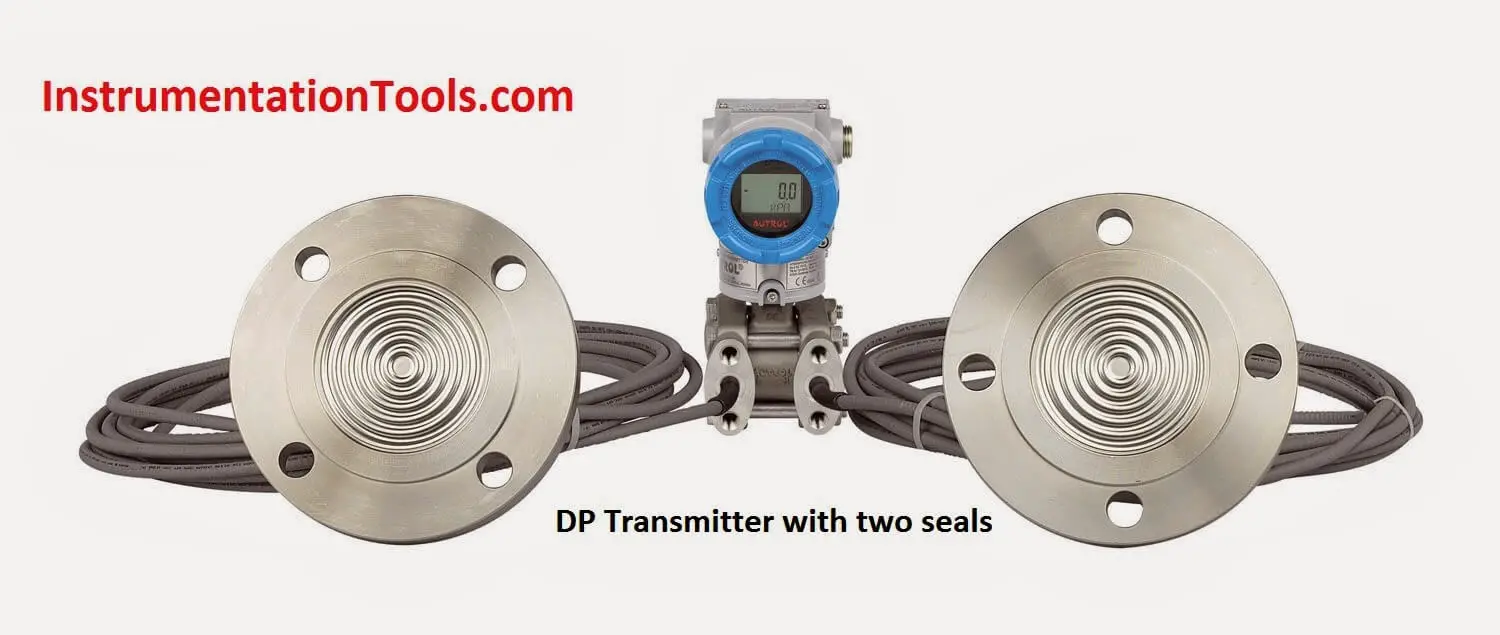
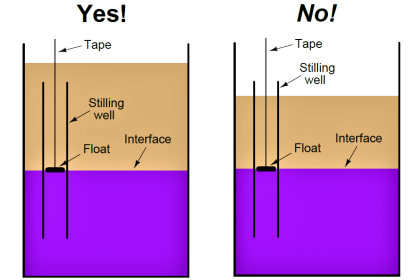
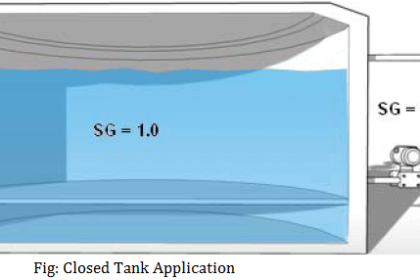
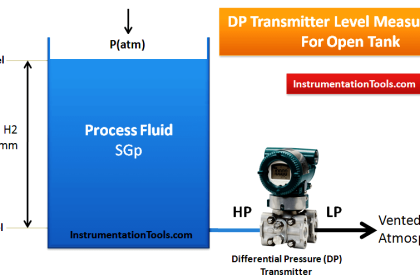
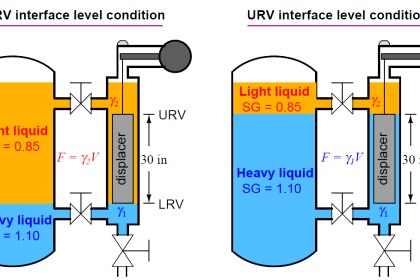


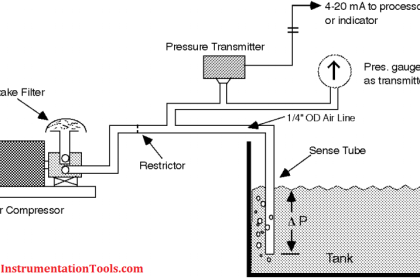

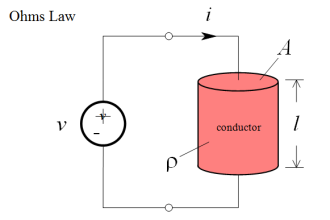

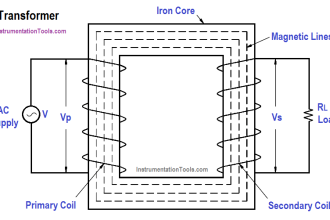



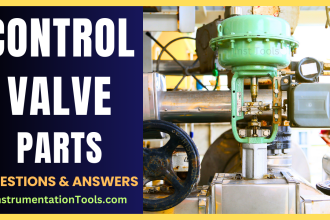
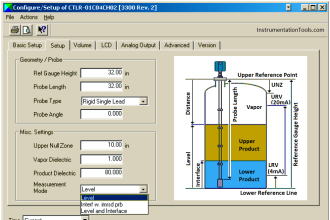

Nice tutorial sir.
excellent work, please post calibration of seal type level transmitter with transmitter mounted at 75% above the high pressure tapping for closed tank application
Hi Mahendra,
For DP Seal type application please Click here to read the post